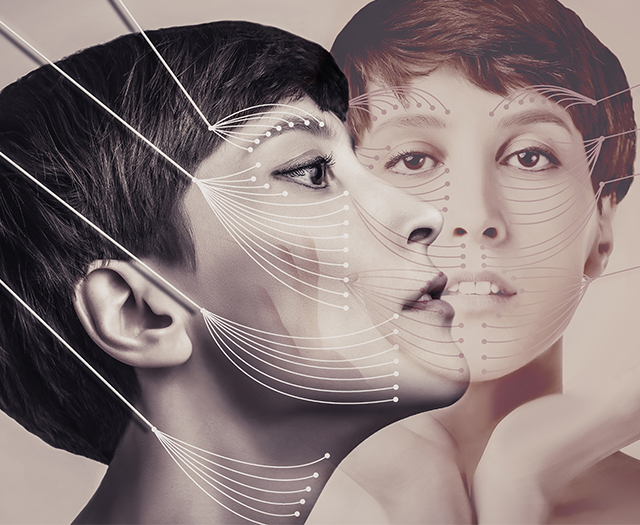Thread lifts are increasingly popular as a non-surgical approach to address skin laxity. However, results and procedures differ according to a patient’s morphology.
The options available to evaluate face lifts results include ultrasound and magnetic resonance imaging (MRI) which assess thread location and soft tissue inflammation. However, measuring face lifts with these modalities can prove to be difficult. Firstly, MRI evaluations are very costly and as a result, they are only reserved for certain consultations. Secondly, as the face is not naturally positioned during an MRI, it can result in inconsistent measurements. Another way to visually assess lifts is by using 2D photographs, however, the obvious shortcomings are lack of quantifiable measures for skin displacement or changes in lift directions.
Fortunately, there is an innovative approach now included in the 3D LifeViz® system: the 3D Facelift. This new feature is able to track skin tissue displacement and is ideal for lift assessment thanks to its ability to:
Using the simulation tool, it is possible to illustrate the desired result and reassure patients in a few quick steps:
① Evaluate skin tightening and lifting in 3D
② Asssess surface displacement: Color indicators assess the direction and distance of facelifts
③ Assess volumetric changes: Combine distance and volume data for a global before-after assessment
A validated tool, the 3D Facelift integrates smoothly into any practice. Patients will be left with a sense of confidence that they are being treated by professionals using the newest technology.
Although thread lifts produce results that are visible and natural, the changes are only a few millimeters and it’s important to maintain realistic patient expectations. Therefore, thread lifts are best suited for patients who are dealing with mild to moderate signs of skin laxity. The 3D Facelift is the perfect tool to capture these changes quantitatively.

